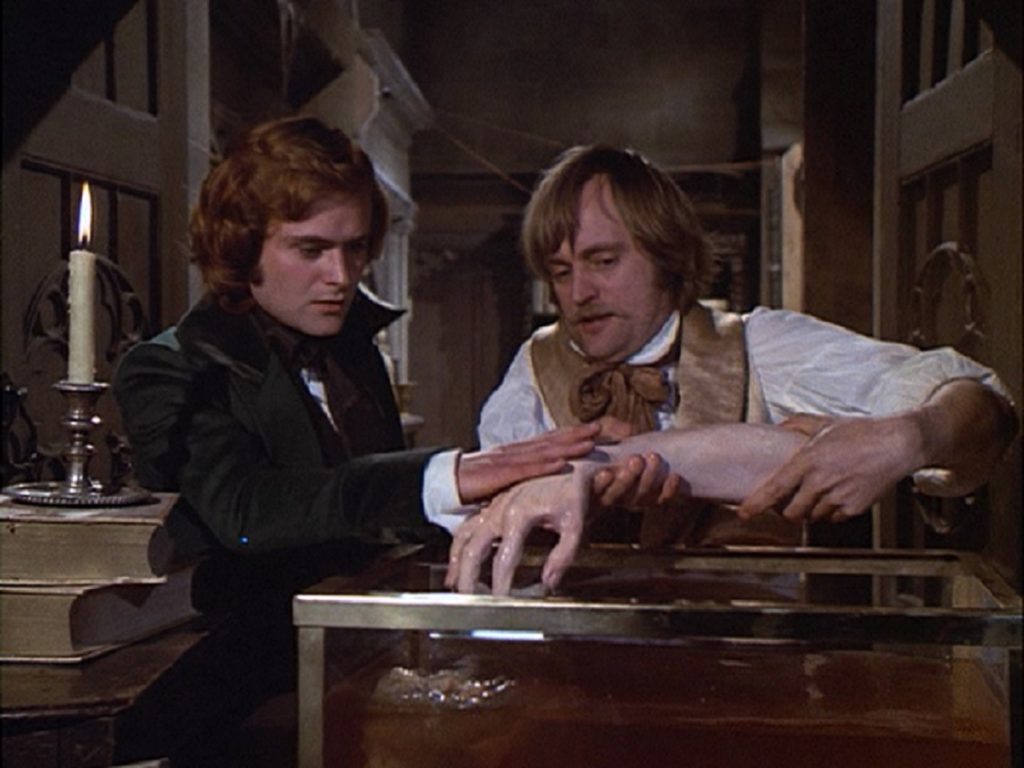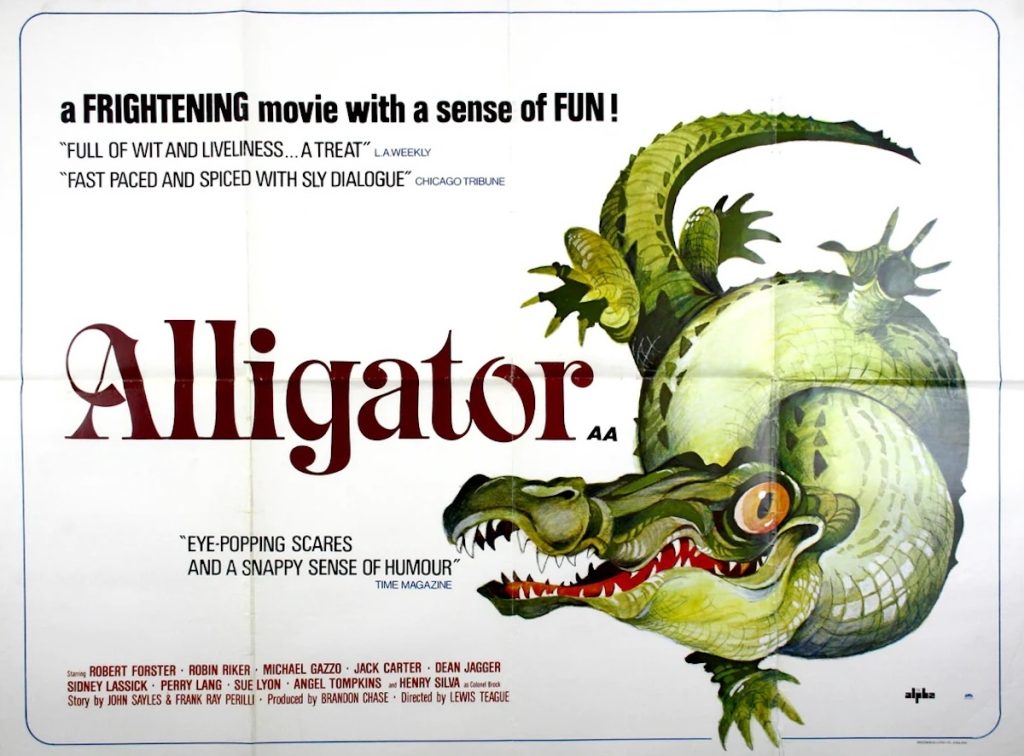The 1973 TV movie Frankenstein: The True Story opens with an introduction from star James Mason, talking about the brilliance of author Mary Shelley and reminding the audience that the film they’re about to watch springs from Shelley’s imagination. Mason walks through London and concludes the segment by stopping at Shelley’s grave. It’s all hokum, of course: There’s nothing true about Frankenstein: The True Story, and Shelley isn’t even buried in London. The truth in The True Story isn’t about Shelley’s actual life or the reality of reanimating the dead, but about the deep, abiding horrors of the human condition.
Like most Frankenstein adaptations that purport to honor Shelley’s work (including Guillermo del Toro’s new version, streaming this week on Netflix), The True Story takes significant liberties with its source material. But (like del Toro’s film) The True Story values Shelley’s thematic insights and existential dilemmas, and it pays tribute to her by asking some of the same expansive questions about the meaning of life, in a thoughtful and affecting take on an enduring literary classic.
Initially aired in two parts on NBC and released theatrically overseas in a shortened single two-hour cut, The True Story is a sprawling, slightly episodic epic that spans the origins of two creatures, representing both the original Frankenstein’s monster and the monster’s bride. In the full three-hour version, the monster’s creation doesn’t occur for nearly an hour, but director Jack Smight and screenwriters Don Bachardy and Christopher Isherwood draw the audience in right away, with a melancholy period drama about a haunted young physician.
Following Mason’s introduction, the movie properly begins with its Victor Frankenstein (Leonard Whiting) witnessing the drowning death of his younger brother William, which spurs his lifelong obsession with conquering death. That’s typical for the character, but this Victor is more of a brooding romantic than a mad genius, and in both cases the process for bringing a monster to life comes from other characters.
First, that’s Victor’s hospital colleague Henry Clerval (David McCallum), who embodies the callous brutishness often attributed to Victor in other depictions. Clerval doesn’t hesitate to smuggle a severed arm home in his medical bag, and Victor is briefly horrified by Clerval’s procedure for reanimating dead tissue, which he demonstrates on a beetle and then on the detached arm. That arm, writhing on its own even long after it’s been cast aside in favor of more ambitious experiments, is a symbol of the scientists’ arrogance and neglect, until Victor casually destroys it by dousing it in acid.

By that point, he’s fully embraced Clerval’s project and taken it over himself, following Clerval’s sudden death. Smight stages two distinct and equally dazzling creation sequences, beginning with Victor’s awakening of the Creature (Michael Sarrazin), using solar energy rather than the traditional electricity. Befitting his romantic nature, Victor’s first words to the Creature are “You are beautiful,” and he’s not wrong: Unlike most portrayals of the Creature, this one starts out looking like a gorgeous young man, and there’s an obvious homoerotic subtext to Victor’s appreciation of him.
While the novel’s Victor immediately rejects his handiwork, here Victor is elated with the results, at least at first. He takes the Creature to the opera, where a middle-aged widow openly lusts after the wide-eyed naïf. Victor takes pride in the Creature’s beauty more so than in his limited capacity for speech and understanding. That capacity grows over time, but Victor’s appreciation sours once the Creature begins to decay, developing a Boris Karloff-style heavy brow that ruins his delicate appearance.
Like a spurned lover, Victor eventually moves on, coming under the tutelage of another driven, probably mad scientist, Mason’s Dr. Polidori. Polidori is even more diabolical than Clerval, and he blackmails Victor into helping him create a female creature, whom he dubs Prima (Jane Seymour). Prima’s birth occurs during a psychedelic sequence involving various colorful chemicals, like she’s being brought to life inside a lava lamp. While Victor’s Creature has a childlike innocence, Prima’s childishness is more mischievous, and Seymour enlivens the second half of the movie with her sly, devious performance. It’s a striking departure from previous depictions of the Bride, giving her more agency and passion in a way that frightens her patriarchal creators.
Although The True Story has shifted far afield from Shelley by then, the Creature remains a lurking presence, festering further and becoming increasingly bent on revenge, even as he retains a certain tender feeling for Victor. That love/hate relationship is at the center of The True Story, and the movie continually returns to the inextricable bond between Victor and the Creature, as other allies and antagonists come and go. Whiting plays Victor as petulant and moody, more of a Romantic poet like Shelley’s husband Percy than a man of science. Sarrazin’s Creature takes after his creator, although his Romanticism curdles into vengeance, and he seethes with jealousy over Prima’s entrance into proper society.
The True Story’s lengthy running time gives it the feel of a grand tragedy, concluding in the Arctic landscape that opens Shelley’s novel. The hubris of Victor and his fellow scientists has fallen away, and there’s a poetic quality to the final moments between Victor and the Creature. It may not follow the exact plot points of Shelley’s novel, but The True Story captures more of her contemplative, lyrical perspective than nearly any other Frankenstein adaptation.
The two-hour cut of “Frankenstein: The True Story” is streaming on Amazon Prime Video, and the full three-hour cut is available on DVD and Blu-ray.



